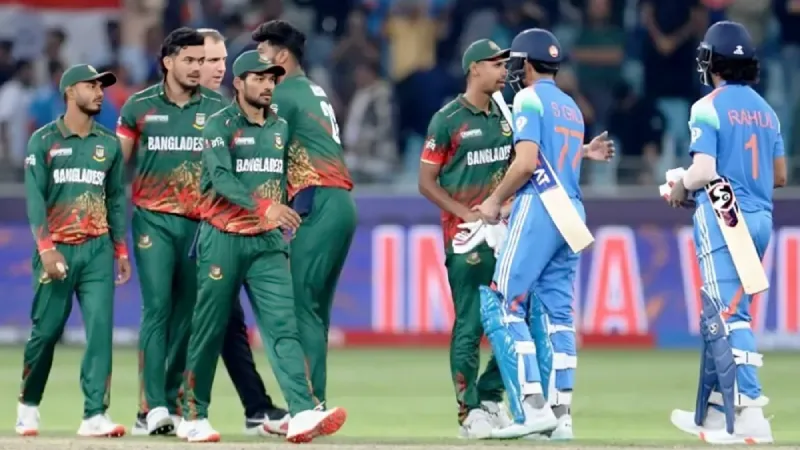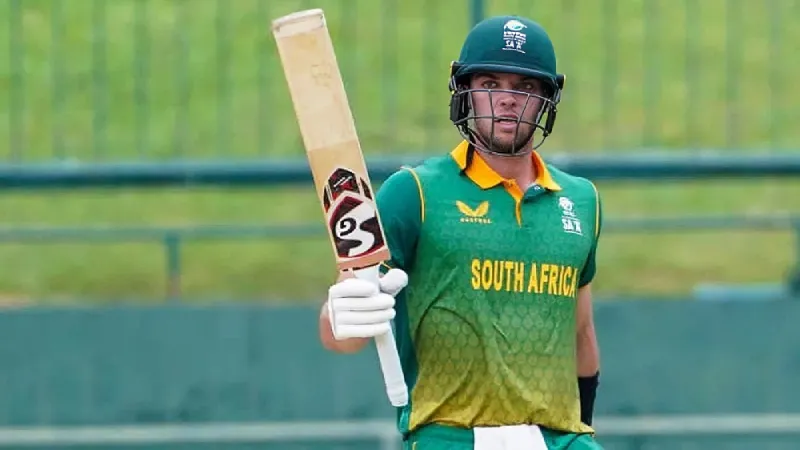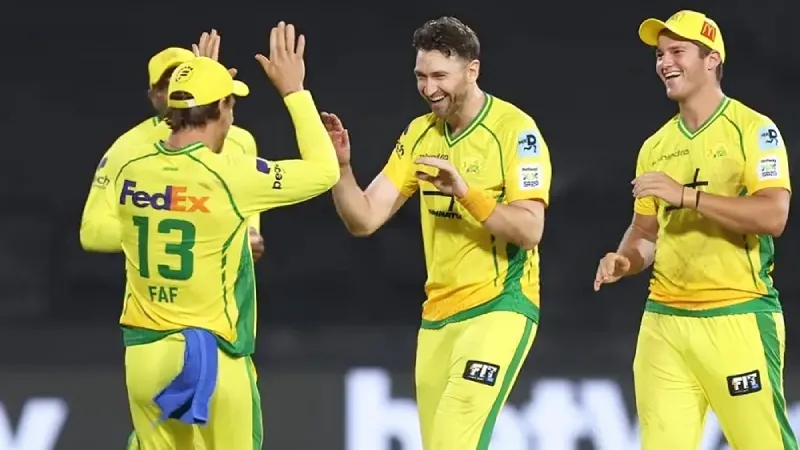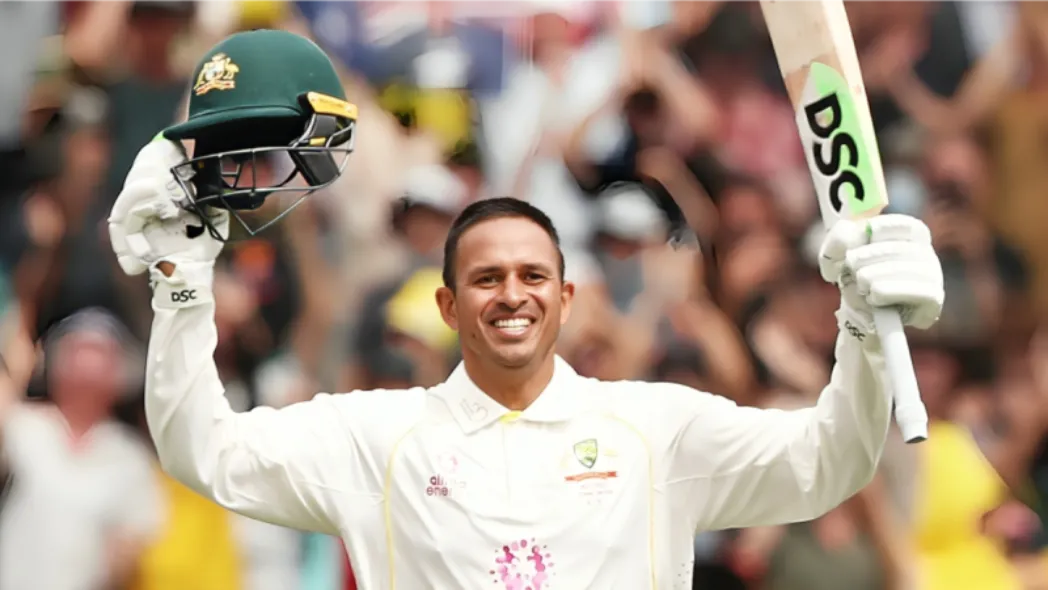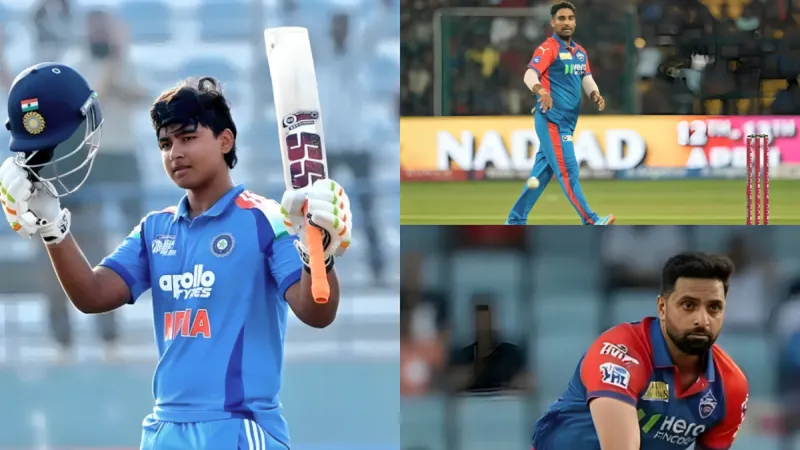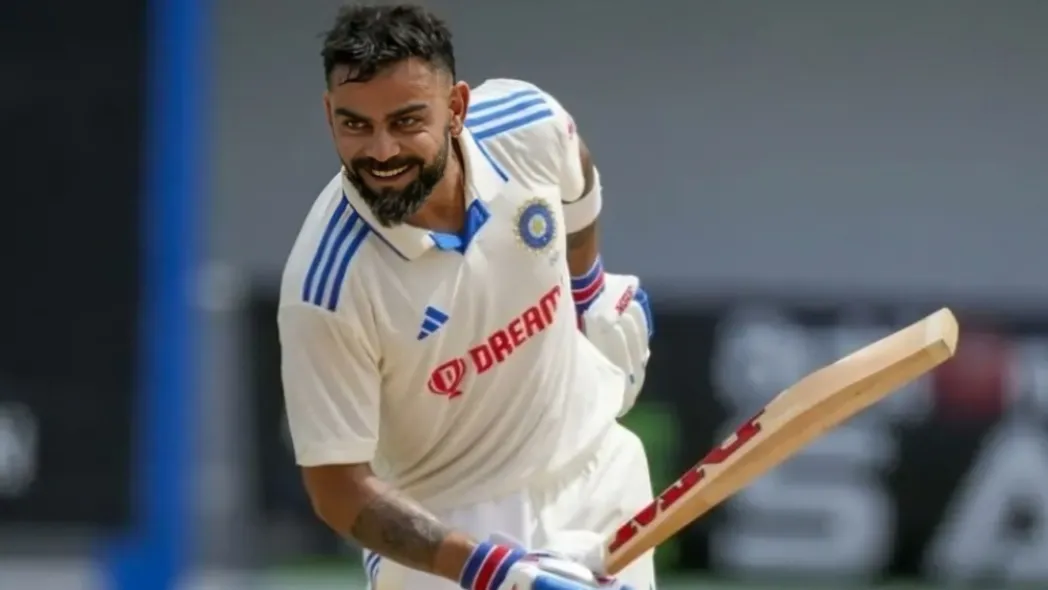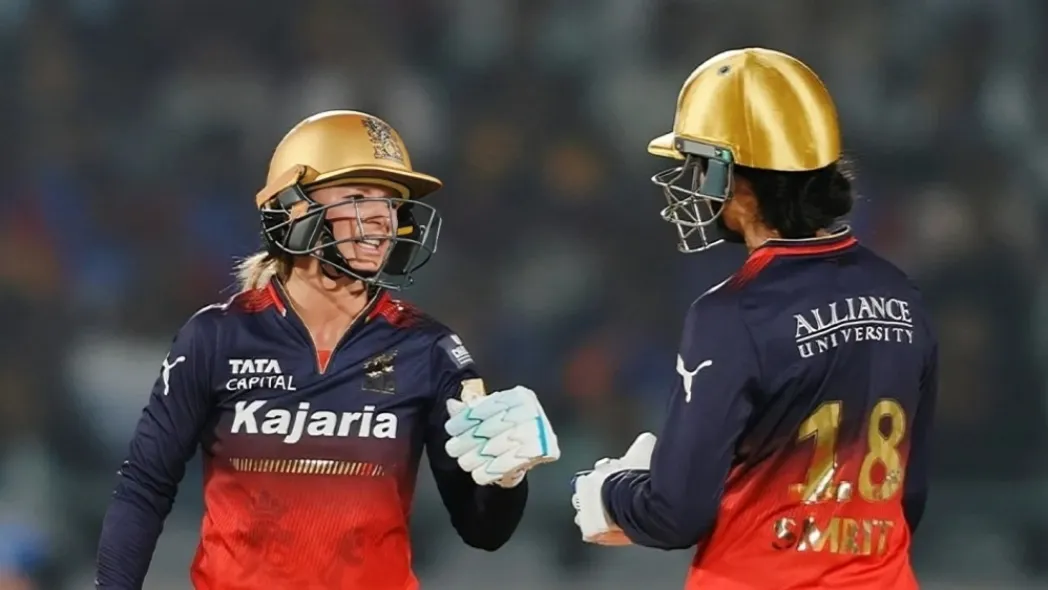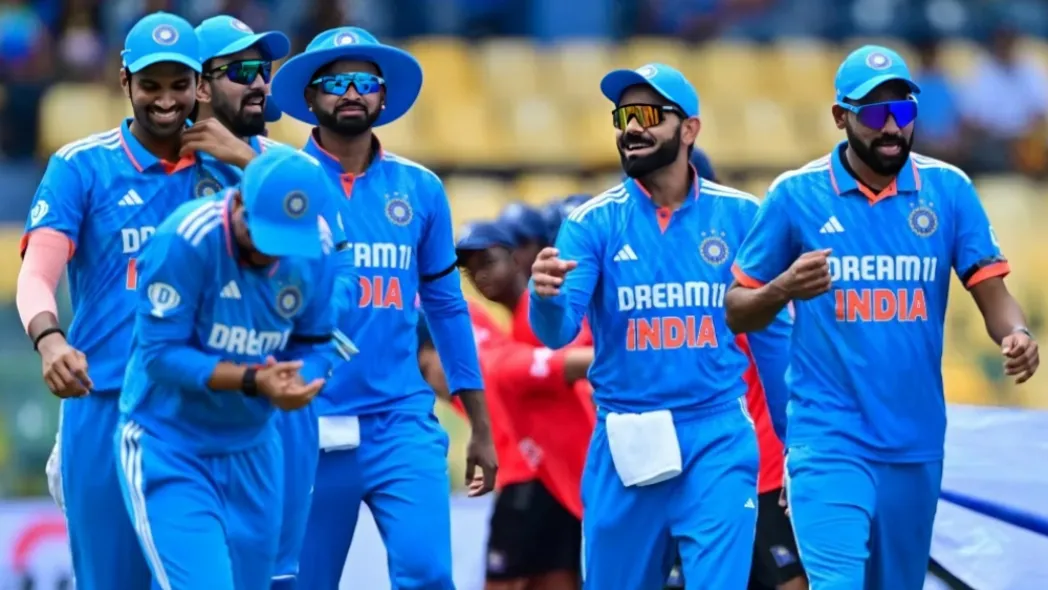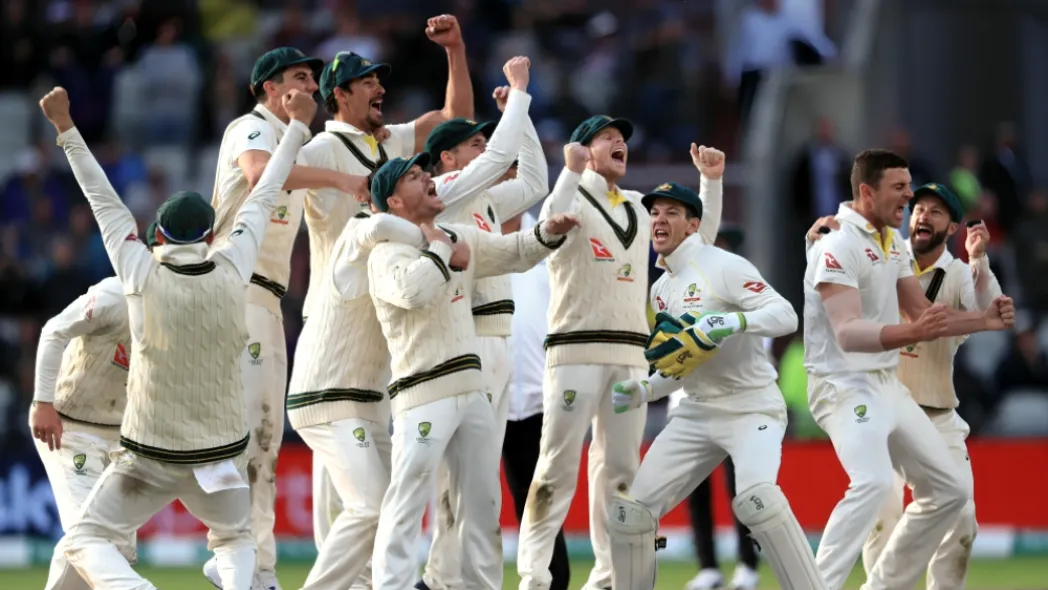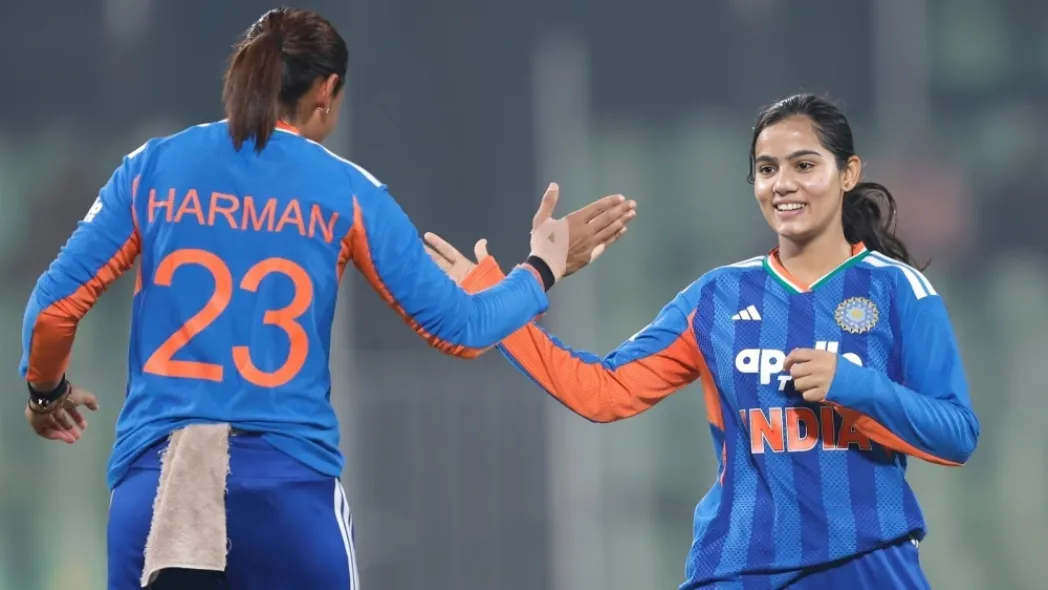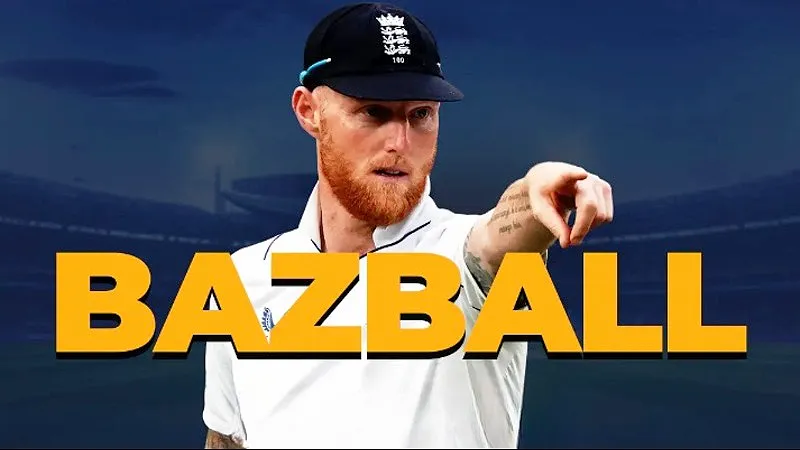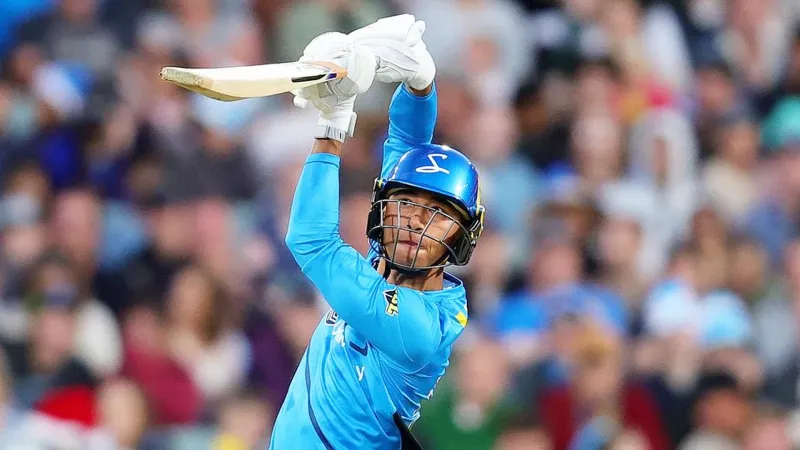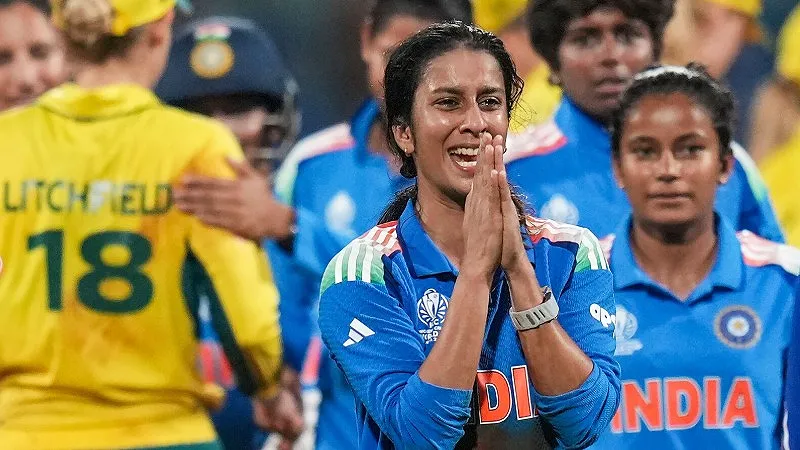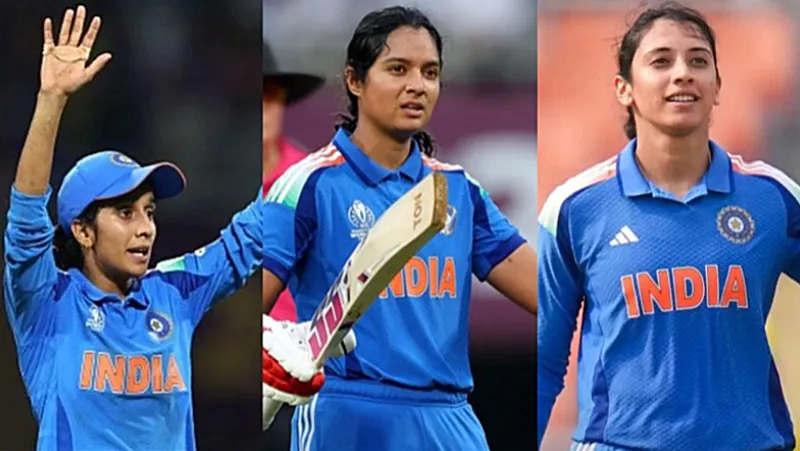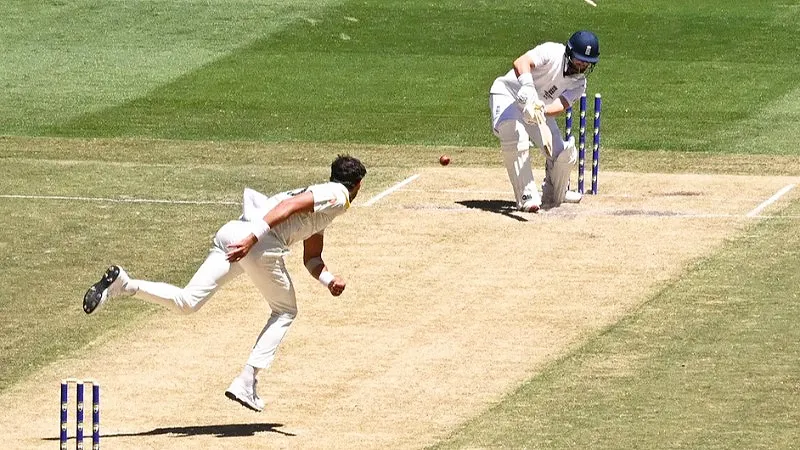Have you ever witnessed a Test match, and at that crucial moment, the umpire seems to pull out a box of old balls, just like a magician pulling out his bag of tricks? One moment, the bowlers are huffing because of a dead ball, the next thing you know—wham! —There’s a new old ball in play! Have you ever wondered where these replacement balls come from, how the umpires select them, and if it is as random as it appears? Well, it’s not! Step into the quirky, behind-the-scenes universe of replacement balls in Test cricket, where tradition, mystery, and a dash of controversy all collide.
The Ball Library: Cricket’s Most Mysterious Treasure Chest
Let’s begin with the “ball library” — the little box that umpires refer to when the ball is not right. If the Test is at Wankhede, it will be the Mumbai Cricket Association’s stock; if it is at Old Trafford, then it will be one of Lancashire’s balls.
The balls are then assessed by the fourth umpire using a process called gauging, using a size determined by a metal ring. If the ball is oversized or undersized? Well, straight to the reject tub. After the approved ones go into the library, a messy place ranging from nearly new to used up. Normally, it is around 20 in places like India, England, and Australia, but in other countries, it can be as few as 12.
Curiously, there is no label of age. A 60-over ball used on a lush outfield may be used to replace a 30-over ball retrieved off a dusty pitch. So, the next time you see the box opened, be aware that it is not random. It is a choice, a choice that we are still able to mess up.
When the Box Runs Dry: Creative Sourcing on the Fly
What happens when we start to get low in the box? That’s when things get very exciting! Match officials sometimes ask teams to donate balls that have been used in net sessions. Yup, the same balls that batters slog during practice can be used in a live Test match — once they are checked properly, of course.
But that’s not the only backup plan. If there are usable match balls from previous Tests in the series, those can be carried over into the library. And in rare circumstances, officials may even find themselves calling the next county or state cricket association to get in on the action.
It’s Not Just Shape—It’s Politics, Gamesmanship, and a Bit of Luck
Laws of cricket allow replacement only if the ball is damaged, wet, or out of shape, not just because it’s soft or dead. It is often misconceived that a ball used in cricket is required to be perfectly round; the only requirement is that it passes the ring test.
Also, there’s plenty of gamesmanship. Teams will sometimes go for a replacement when a ball isn’t doing a lot, hoping to get one that might! It is a gamble. India certainly found that out the hard way at Lord’s recently, in that a change got them a ball that went dead in eight overs.
The brands are also important. Test cricket utilizes three balls: SG in India, Dukes in England and the West Indies, and Kookaburra everywhere else. All of these balls have their vulnerabilities, but at least you know what you are getting. Dukes are known for their seam and swing, but they’ve been in horrendous shape too recently. In saying this, since Dukes are the only balls that contain a stamp with the year, you know you’re not getting a leftover ball from last season.
For more, visit JeetBuzz News to read our quality Cricket Blog updates. Explore if you want to reminisce and enjoy all of your favourite cricket players and nostalgic match moments. To ensure that you never miss out, keep updated and join in the fun!


